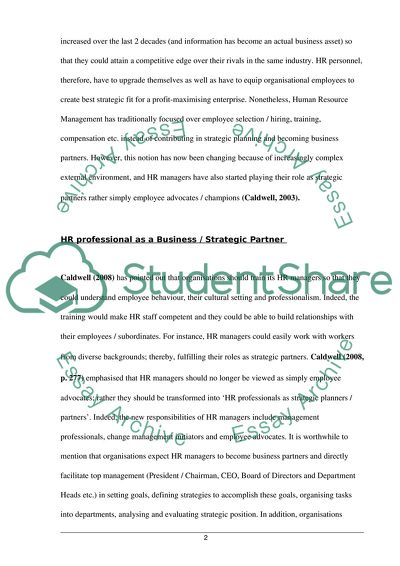Cite this document
(Human Resource Manager: Partner or Consultant Research Paper, n.d.)
Human Resource Manager: Partner or Consultant Research Paper. Retrieved from https://studentshare.org/human-resources/1745951-compare-and-contrast-the-role-of-the-hr-business-partner-with-that-of-a-consultant-evaluate-its-effectiveness-v-an-external-consultant-3000-words-max
Human Resource Manager: Partner or Consultant Research Paper. Retrieved from https://studentshare.org/human-resources/1745951-compare-and-contrast-the-role-of-the-hr-business-partner-with-that-of-a-consultant-evaluate-its-effectiveness-v-an-external-consultant-3000-words-max
(Human Resource Manager: Partner or Consultant Research Paper)
Human Resource Manager: Partner or Consultant Research Paper. https://studentshare.org/human-resources/1745951-compare-and-contrast-the-role-of-the-hr-business-partner-with-that-of-a-consultant-evaluate-its-effectiveness-v-an-external-consultant-3000-words-max.
Human Resource Manager: Partner or Consultant Research Paper. https://studentshare.org/human-resources/1745951-compare-and-contrast-the-role-of-the-hr-business-partner-with-that-of-a-consultant-evaluate-its-effectiveness-v-an-external-consultant-3000-words-max.
“Human Resource Manager: Partner or Consultant Research Paper”, n.d. https://studentshare.org/human-resources/1745951-compare-and-contrast-the-role-of-the-hr-business-partner-with-that-of-a-consultant-evaluate-its-effectiveness-v-an-external-consultant-3000-words-max.


